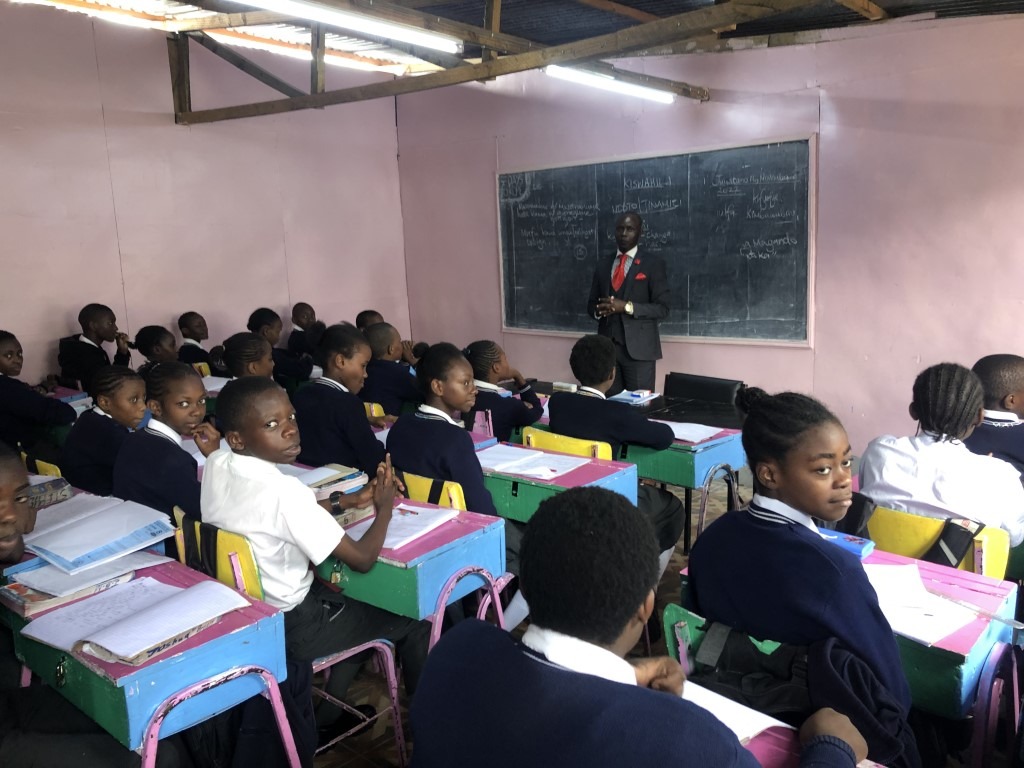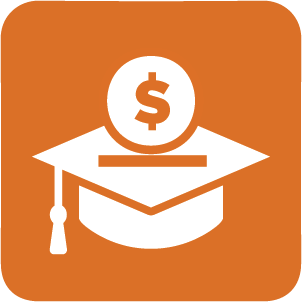
The Challenge
Two key issues constrain the educational achievement of students living in poverty: access and quality. Out-of-school rates are highest in sub-Saharan Africa and low-income countries, where one-third of school-age children are out of school.* Many families in poverty struggle to pay school fees on time and in full,** preventing students from enrolling or from attending school consistently. Even among students who successfully access schooling, the quality of education received is often inadequate: 58 percent of primary and secondary school students globally and 88 percent of students in sub-Saharan Africa did not reach the minimum proficiency level in reading.*** Many schools serving low-income families lack the resources or financing to invest in improvements that could improve students’ educational outcomes.****
The Opportunity
GP and its affiliated funds aim to improve learning outcomes of students in poverty by investing in partners that offer school fee loans to help families pay educational expenses, and partners that offer low-cost private schools financing for improvement projects alongside capacity-building support.
School Fees Track
Who is Served
The target demographic is parents/guardians of primary and/or secondary school-aged children living below $5.50 PPP/person/day
What is Delivered
Clients receive microloans designed to support payment of school fees and expenses, alongside know-your-credit information.
Why it is impactful
Student sustained enrollment in education improves due to:
- Reduced financial barriers to enrollment;
- Reduced absenteeism;
- Reduced drop-out.
The additional instructional time obtained from sustained enrollment may enable improved student learning outcomes.
School Improvement Track
Who is Served
The target demographic is low-cost private schools serving primary and/or secondary students living below $5.50 PPP/person/day
What is Delivered
Schools must receive working capital or asset finance loans underwritten to support school improvements, with confirmation of intended loan use, alongside know-your-credit information.
Schools must also receive specialized school capacity building services designed to improve education quality.
Why it is impactful
- Student access to education improves as schools expand enrollment capacity and/or enhance availability of transportation and basic facilities;
and/or
- Education quality and student learning outcomes improve as schools invest in enhancements to infrastructure, materials, and/or staffing.
* “New Methodology Shows that 258 Million Children, Adolescents and Youth Are Out of School.” UNESCO. September, 2019. https://uis.unesco.org/sites/default/files/documents/new-methodology-shows-258-million-children-adolescents-and-youth-are-out-school.pdf
**”Understanding School Fee Loans.” Opportunity EduFinance. February, 2020. https://edufinance.org/content/edufinance/latest/Publications/Research%20and%20Learning/200611_Impact%20of%20School%20Fee%20Loans-Kenya_FINAL.pdf
***”More Than One-Half of Children and Adolescents Are Not Learning Worldwide.” UNESCO. September, 2017. https://uis.unesco.org/sites/default/files/documents/fs46-more-than-half-children-not-learning-en-2017.pdf
****”Banking On Education: Low-Cost Private Schools’ Demand for Finance.” CapPlus. May 1, 2017. https://capplus.org/files/2017/04/CapPlus_BankingonEducation_5Cities_final-05.01.pdf

